Learn about key events, weather patterns, and affordability of the different seasons with our guide to the best time to visit Brisbane!
Perched along the Brisbane River, right smack in the middle of South East Queensland, Brisbane boasts a bright and balmy subtropical climate that draws hundreds of travellers. Because of its sunny weather, visitors can enjoy outdoor adventures, soak up cultural experiences, or bask in the beauty of nature most days of the year.
With that said, is there even a best time to visit Brisbane?
While the city is generally a year-round destination, the time of year you visit Brisbane can shape the overall outcome of your trip. After all, certain seasons offer certain perks. Timing your holiday right can make all the difference.
Brisbane, Australia’s third-largest city, is the capital of Queensland, also known as the Sunshine State. For all its laid-back vibe, it oozes with so much urban energy, with its big city highlights like South Bank Parklands and New Farm Park.
It’s not only the sunny days and warm weather that make Brisbane a hub for outdoor activities year-round. The city has breathtaking natural gems and iconic landmarks, from the City Botanic Gardens to the Howard Smith Wharves. It also has easy access to famous attractions such as Mount Glorious and the Gold Coast.
Having been to Brisbane more times than we can count, we know the city like the back of our hand. Each season brings something unique to each trip, so there’s always something new to experience whenever you visit Brisbane.
 The dazzling city lights of Brisbane’s Southbank are captivating at any time of year!
The dazzling city lights of Brisbane’s Southbank are captivating at any time of year!When Is The Best Time To Visit Brisbane, Australia?
The best time to visit Brisbane depends on what type of activities you seek. Technically, there is no wrong time to see the city, as each season has its own charm. But you also have to note that each season has its own setback as well.
Autumn is the best time to visit Brisbane for those looking for comfortable temperatures and fewer crowds. Because of its cooler weather, it’s ideal for picnics, visits to theme parks, and day trips to nearby beaches.
Do you wilt in sweltering heat? If so, avoid visiting Brisbane in the summer months. On the other hand, summer is the low season, so you have a better chance of snatching up good value deals.
Australian winter is the peak season and the most popular time to visit Brisbane, mainly because of its mild weather and festive atmosphere. But it can get super busy, packed, and pricey.
As mentioned, each month has its benefits and drawbacks. We’ll do a deep dive into each season so you’ll know what to expect when you visit Brisbane and plan your trip accordingly.
Looking for more fun activities? Try some of these day trips from Brisbane!
Brisbane Seasonal Breakdown
Summer (December to February)
By early December, Brisbane experiences a rise in temperatures, ranging between 22°C and 30°C. To some, the summer heat isn’t too bad. But if you factor in the high humidity, which peaks in February, the most humid month, it gets uncomfortably muggy. Summer is also the wettest time in Brisbane, bringing frequent thunderstorms and occasional floods.
Summer, overall, is the low season. December and February are the best time to visit Brisbane for budget travel. You’ll likely find cheaper airfare and hotel room bargains during this season.
On the flip side, January receives many visitors due to the school summer holidays. Accommodations and activities get booked quickly, so plan well ahead if you want to visit in January.
Top things to do during summer in Brisbane
One of the key events visitors can look forward to in summer is the New Year’s Eve fireworks along the Brisbane River. There are also the Christmas in Brisbane activities, which include light displays, street markets, and live entertainment.
Cool off from the summer heat at Streets Beach. At sunset, when the day temperatures have gone down, wander around James Street in Fortitude Valley, with its high-end boutiques, fancy eateries, and buzzing bars. Drop by the Gallery of Modern Art and admire its well-curated art exhibitions.
In February, the city hosts the Laneway Festival, featuring indie music at the Brisbane Showgrounds. If you’re interested in traditional and contemporary art by Asian artists, check out the BrisAsia Festival.
Sports enthusiasts will love the Brisbane International Tennis Tournament in January. The peak of the surf season in southern Queensland starts in late summer. Hit the Gold Coast and enjoy the waves before the spring crowd arrives.
 Streets Beach is the place to be in Brisbane in summer!
Streets Beach is the place to be in Brisbane in summer!Autumn (March to May)
Autumn in Brisbane brings cooler days, with average temperatures ranging between 15°C and 25°C. Humidity has finally dropped, but the city remains mostly dry, with sunny and bright blue skies.
March to April is the shoulder season. It’s a pleasant time to visit Brisbane for its good weather and smaller crowds. May is the unofficial start of the festival season, so it gets a little more action, especially as June approaches.
Read More: The Perfect One Day In Brisbane Itinerary
Top things to do during autumn in Brisbane
Autumn is the ideal setting for outdoor activities. Spend a day at the cultural precinct of the South Bank Parklands. Then, take a river cruise or climb Story Bridge for jaw-dropping panoramas of Brisbane and its surroundings.
Take your adventure a little further and hike Mount Coot-tha for stunning views of the Brisbane City skyline.
Make the most out of the lovely daytime temperatures by exploring Brisbane’s open-air markets. The Jan Powers Farmers Markets sells a wide array of fresh produce, tasty fare, and artisan wares.
The season also has exciting events, including the month-long Brisbane Comedy Festival from April to May. If you love sumptuous food, live music, and lots of dancing, check out the Paniyiri, the longest-running Greek festival in Queensland.
Other key events include the Brisbane Ice Cream Festival, Brisbane Street Art Festival, Writers Festival, and Weird Science Festival.
If you fancy some time at a beach, consider a day trip to Moreton Bay and the nearby Moreton Island. Nestled between Brisbane and the Sunshine Coast, this thriving city is an impressive blend of nature and urban charm.
The comfortable water temperatures and little to no chance of rain make autumn the most suitable season to visit Moreton Bay. For those feeling a bit more adventurous, right across the bay is the pristine Moreton Island, a gorgeous spot for outdoor adventures.
Winter (June to August)
Winter in the Southern Hemisphere begins in June. While most people from the southern states like Melbourne and Sydney brace themselves for the freezing temperatures, Brisbane winter doesn’t truly get cold.
In winter, the average daytime temperatures hover between 20°C and 23°C. As the sun goes down, the temps may drop to 11°C. But to most Brissies, the cool nights require nothing more than a light jacket.
Winter is the peak season for visiting Brisbane. It’s not only the sunshine that draws in people, but also the festivals. Understandably, it’s the busiest and most crowded season. So book earlier to secure accommodations and flights.
Winter is the perfect time for a Brisbane to Cairns Drive!
Top things to do during winter in Brisbane
With its reliable sunshine, favourable average temperatures, and minimal rain, the season is a magnet for some of the best festivals in Brisbane.
Among these is the Royal Queensland Show (Ekka), held annually in August as a tribute to the rich agricultural heritage of Queensland. This public holiday features fairground rides, equestrian events, animal parades, competitions, and fireworks.
Those who want to relive the lifestyle of the 50s and 60s can check out the Coolys Rocks On Festival, which takes place in Coolangatta on the Gold Coast, about an hour from Brisbane. The Brisbane Marathon also takes place in June.
Outdoor dining is super popular in winter. You can enjoy a picnic on the lush greenery of South Bank or an alfresco dinner at Eagle Street Pier. For aspiring gourmands, the Noosa Eat and Drink Festival and the Curated Plate offer the chance to try some of the region’s best cuisines.
For nature lovers, plan a day trip to the Scenic Rim, about an hour’s drive from the city centre. The Scenic Rim is famous for its breathtaking hiking trails, national parks, the Gondwana rainforests, wineries, and destination restaurants.
Winter falls within the whale-watching season. You might be able to see humpback whales as early as June and as late as October. But August is the peak for their annual migration, making it the best time to spot the gentle giants. Daily whale-watching tours operate from Brisbane, Moreton Island, North Stradbroke Island, and the Gold Coast.
Spring (September to November)
Balmy days and breezy nights mark springtime in Brisbane. The city enjoys average temperatures of 16°C to 26°C and rare rain showers. Along with the fantastic weather comes a full event calendar, particularly in September and early October.
November, however, is one of the quietest and less-visited months of the year. Hotel and activity prices plunge from their winter peak rates. On the other hand, the heat and humidity crank up, and the rainy season begins as summer draws nearer.
Top things to do during spring in Brisbane
Thanks to its delightful weather and blooming landscapes, spring is an excellent time for scenic walks, cultural explorations, and festivals.
Throughout October, Brisbane’s jacaranda trees are in full bloom. You can see this burst of purple flowers across the city, but mainly at the New Farm Park, the city’s oldest green space. The stunning spring scenery is perfect for a Brisbane river cruise or a relaxing walk along the waterfront.
The much-loved and crowd-magnet Brisbane Festival happens in September. This three-week art and cultural celebration ends with a dazzling fireworks display called Riverfire. The Bigsound Festival, Australia’s grandest music conference, also occurs in September.
October is one of the most festival-packed months in Brisbane. Dance your heart out at the Valley Fiesta, the city’s biggest annual street party. Sample German fare and beer at the Oktoberfest Brisbane and indulge in special screenings at the Brisbane International Film Festival.
If you’re a foodie, don’t miss the Good Food and Wine Show, a three-day festivity featuring the best culinary experiences and cooking demos.
Spring is also great for whale-watching tours without breaking the bank. Winter may be the most popular time to see these giant marine mammals, but prices can skyrocket quickly during this season.
 Enjoy the vibrant purple bloom of Jacaranda trees in Brisbane’s stunning spring.
Enjoy the vibrant purple bloom of Jacaranda trees in Brisbane’s stunning spring.What Is The Best Month To Go To Brisbane?
For us, September and October are the best months to visit Brisbane. The weather is fantastic, the atmosphere is festive, and the landscapes teem with colours as the jacaranda trees bloom.
September is best for delving into cultural experiences, with the Brisbane Festival as the highlight. The Riverfire fireworks display is one of the most anticipated key events in spring.
October’s activities, which range from street parties to food festivals, are more varied and diverse. Food and wine lovers might want to time their visit to Brisbane during this month.
The downside is both months are often packed with tourists, though not as crowded as the peak season. Accommodations, activity prices, and airfare are also considerably higher.
Alternatively, May is a terrific month to visit Brisbane. It’s fun but not congested. The weather is warm but not too hot. And though it may rain a bit here and there, it doesn’t have the fierce thunderstorms of February.
As a takeaway, Brisbane is an incredible destination any time of the year. Pick a month to go to the city based on what kind of experiences you’re after in southeast Queensland!
DISCLAIMER: Some of the links in this article are affiliate links, which means if you book accommodation, tours or buy a product, we will receive a small commission at no extra cost to you. These commissions help us keep creating more free travel content to help people plan their holidays and adventures. We only recommend the best accommodations, tours and products that ourselves or our fantastic editorial team have personally experienced, and regularly review these. Thanks for your support, kind friend!

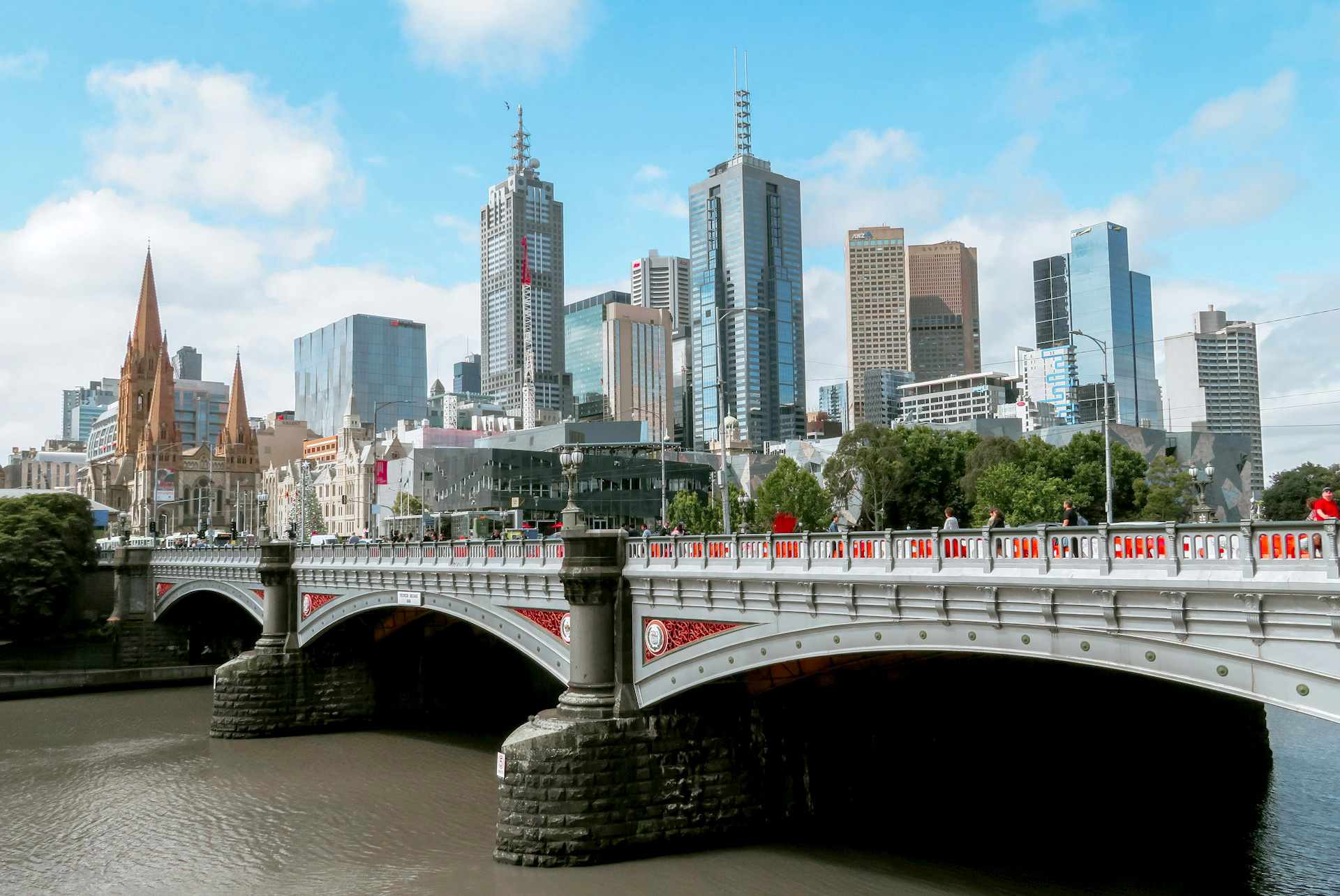



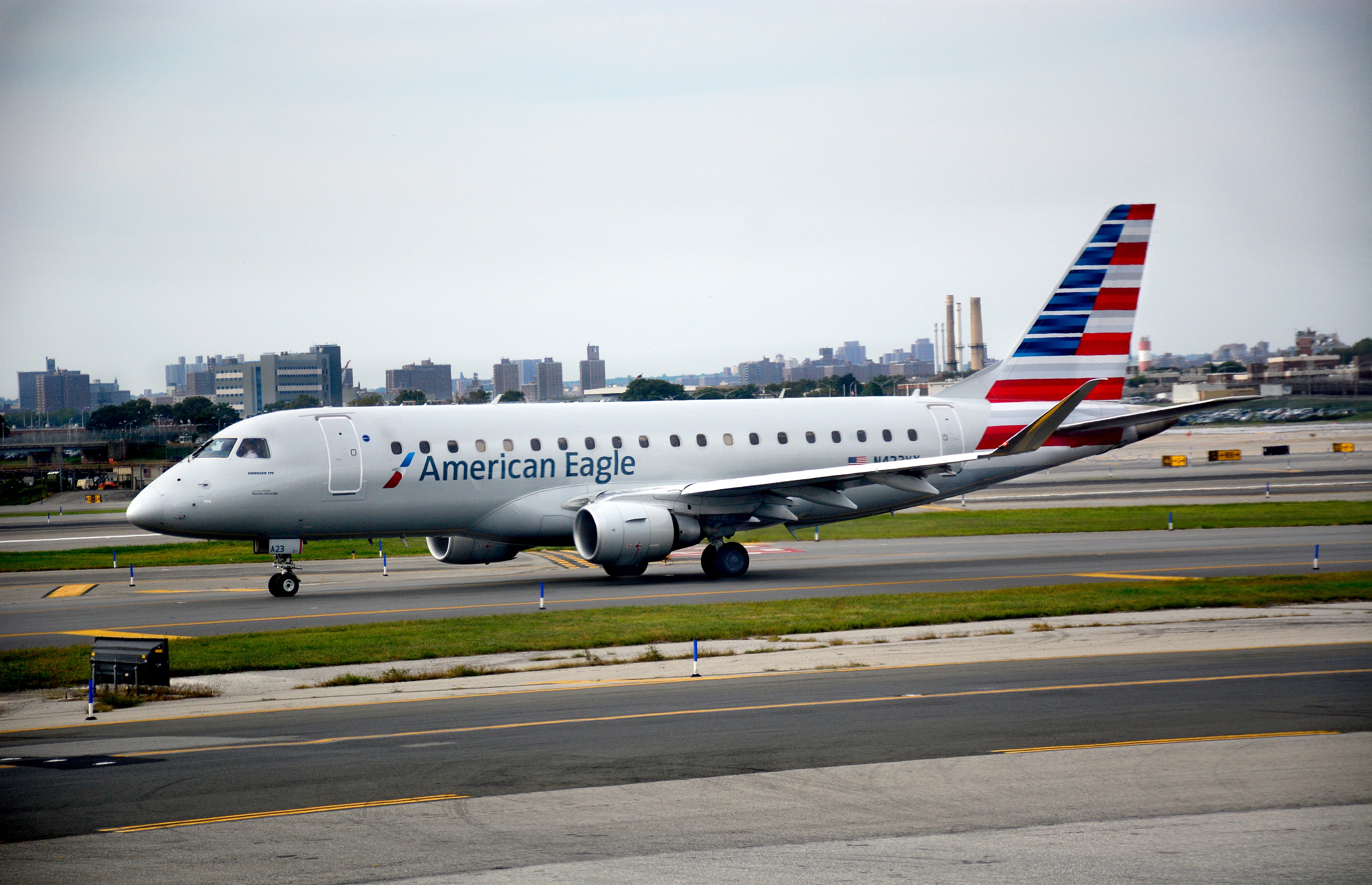
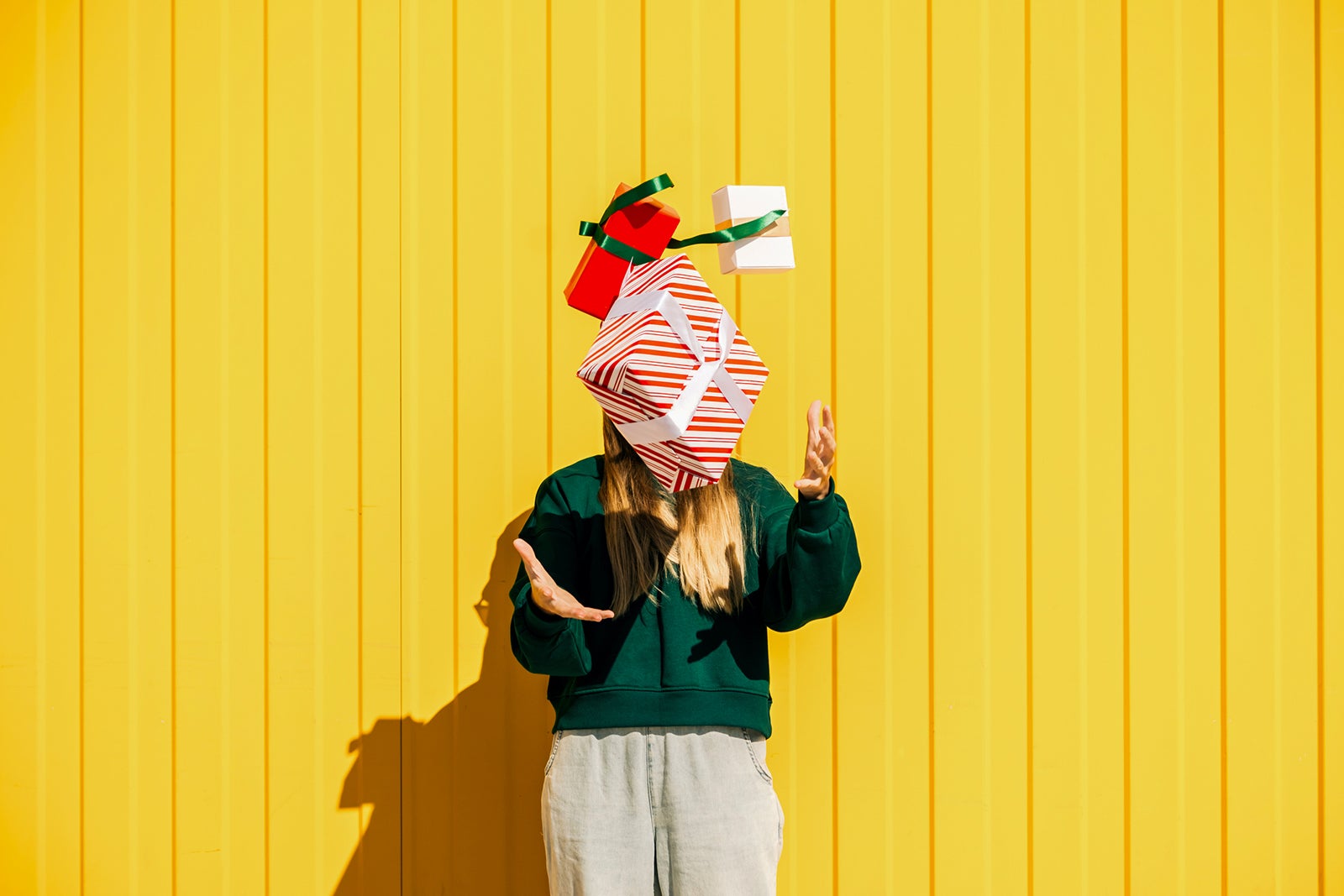



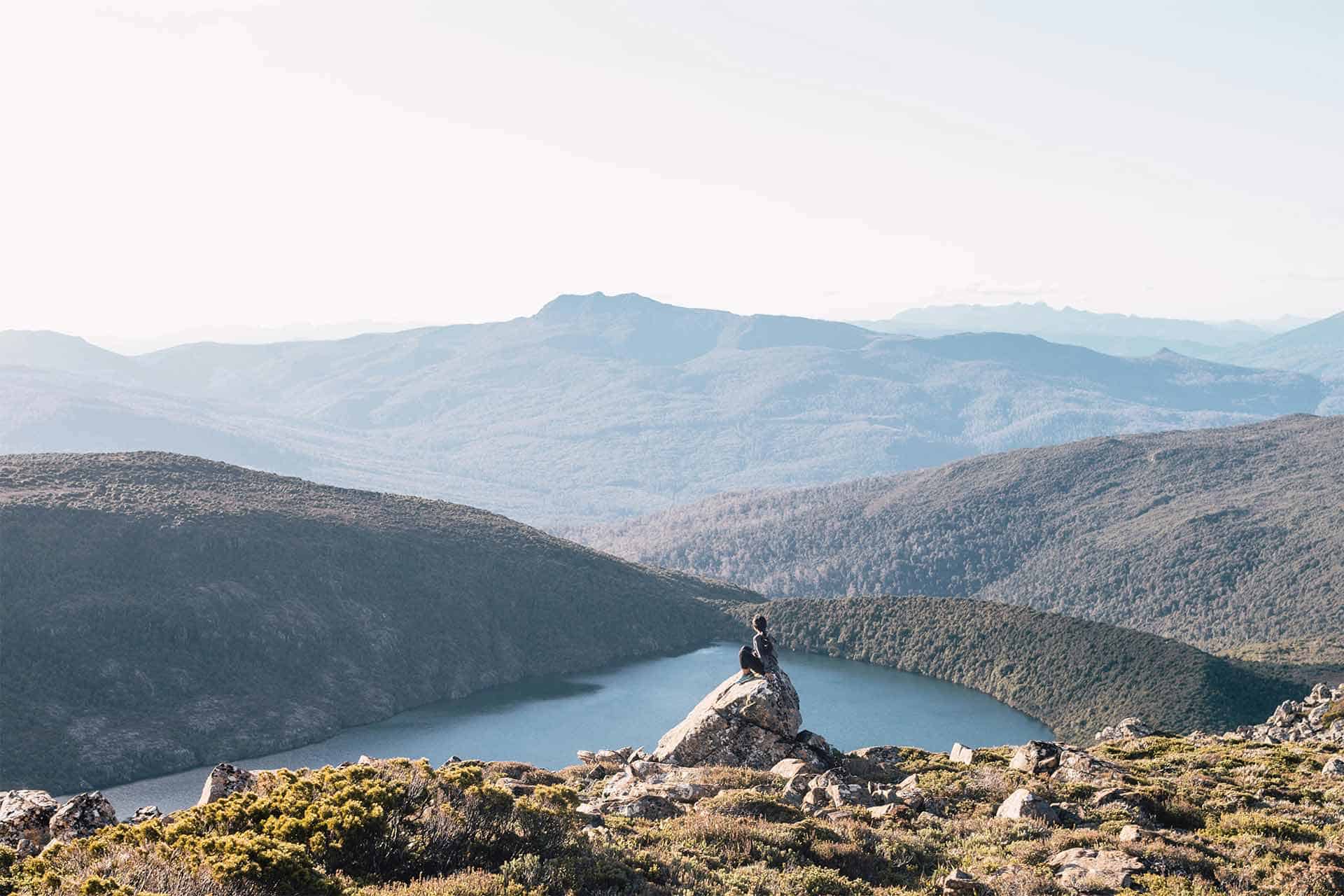

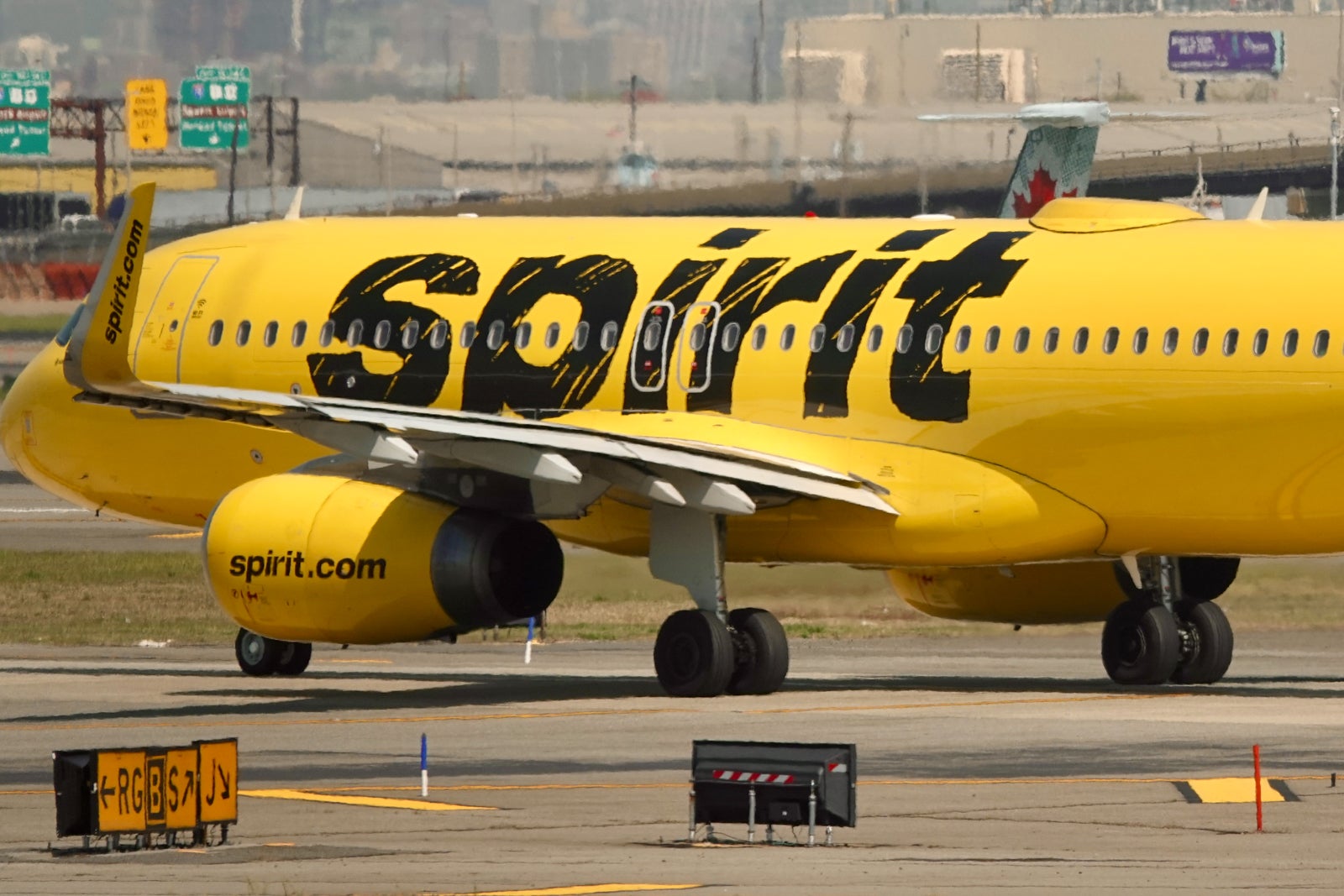


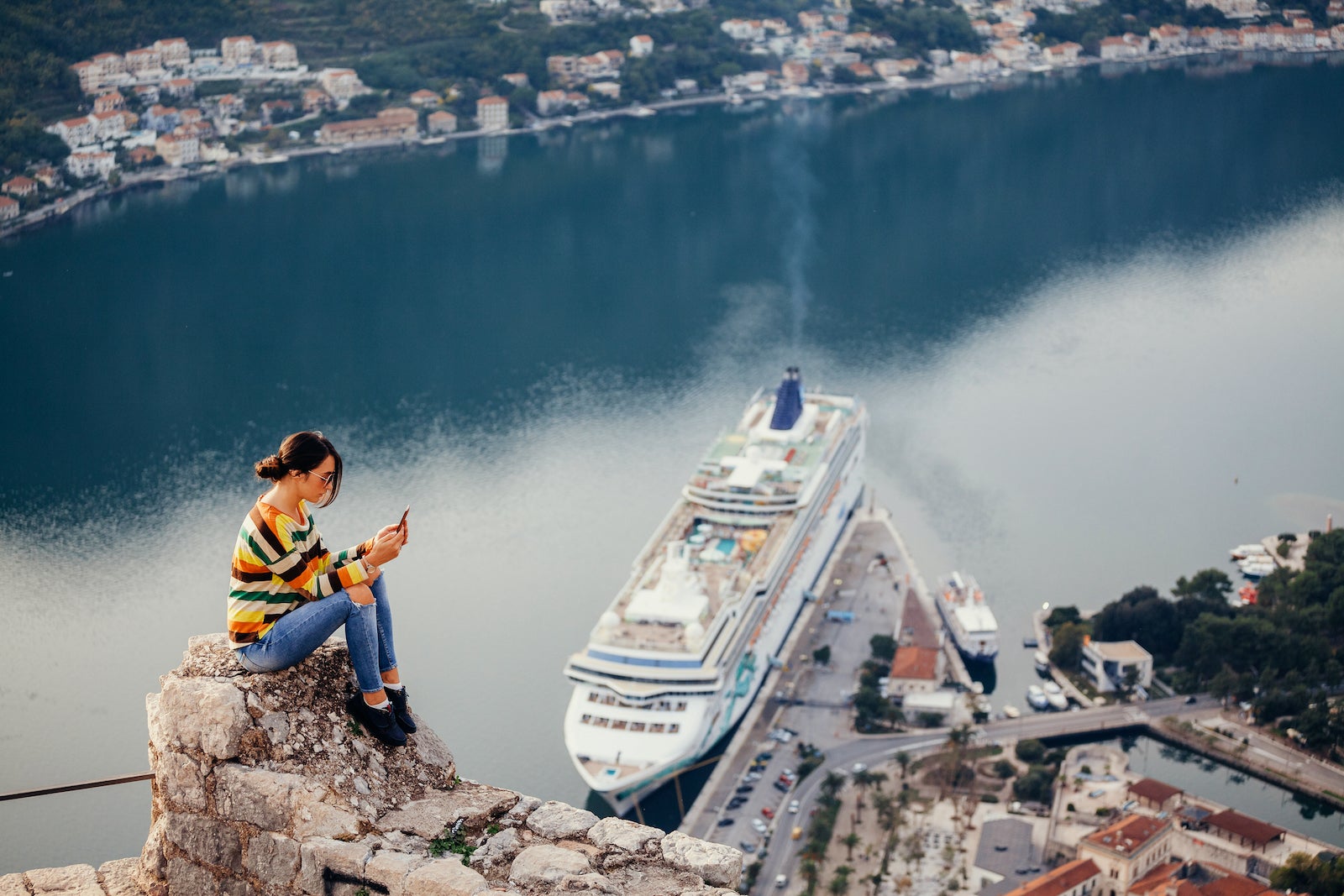
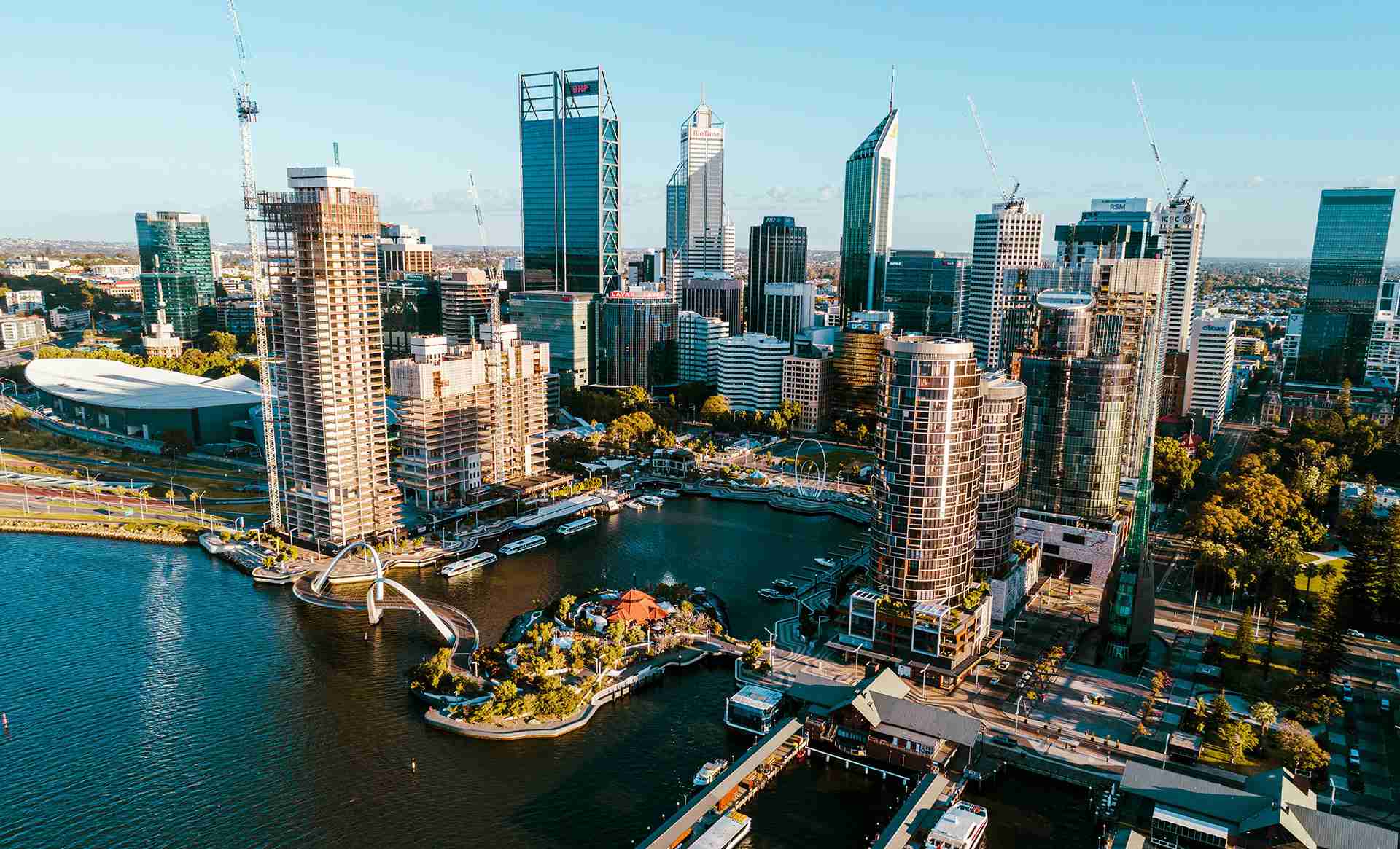


 English (US) ·
English (US) ·